The Life and Work of Alfred Adler
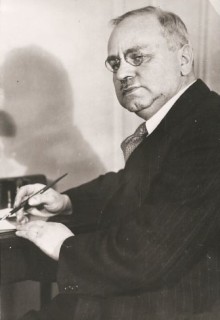
Alfred Adler, born in 1870 in what is today Vienna's 15th municipal district, stands as a model example of Viennese Modernism in the late 19th and early 20th centuries. He was born into a bourgeois liberal family and soon developed a keen interest for the socially disadvantaged and the labour movement that was already gaining ground.
Upon completion of his studies the young physician turned his attention to public health and social issues which he elaborated on in political journal articles and in his book "Health Book for the Tailoring Trade" (1898). The book is a rendering of the devastating material hardships small tradesmen suffered in those days and identifies a link between economic misery and the spread of some diseases.
A colleague of Freud's
Dissatisfied with the way conventional medicine perceived disease in those days Adler came across Sigmund Freud's ideas. He eventually joined the "Psychological Wednesday Society" in 1902. Coining his own ideas and theories Adler quickly became one of Freud's closest collaborators. His "Study of Organ Inferiority" written in 1907 represents a milestone in psychosomatics.
Breaking with psychoanalysis
Yet Adler, in his clinical and theoretical work, was torn between a desire for autonomy and recognition and his own powerlessness in the face of the circumstances of individuals and society prevailing at the time. Freud saw his libido theory questioned by this and the two eventually split in 1911. Adler went on to establish the "Österreichischer Verein für Individualpsychologie (ÖVIP) (Society for Individual Psychology).
Socio-political commitment during the First Republic
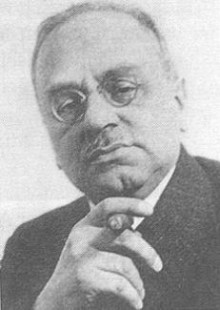
After the First World War individual psychology flourished like never before, making itself felt well into the socio-political concerns of the day: fundamental reforms in education, social and health affairs carried out by the "Red Vienna" are closely linked to the commitment of Adler and other individual psychologists. In 1924 Adler was appointed professor at the Pedagogic Institute.
Exile and death
In the wake of Austro-fascism's seizure of power the Society for Individual Psychology also came to a standstill. Adler emigrated to the USA in 1934 where he had already contributed much to the spread of individual psychology in a series of lecture tours. Following his emigration he made a living as a lecturer, pushing his limits to the extreme in many cases. On May 28, 1937, during a lecture tour, Adler died while out walking in Aberdeen, Scotland.
Grave of Honour for Alfred Adler
Alfred Adler's remains went missing in Edinburgh and were unaccounted for 74 years. A group of individual psychologists set out to bring Adler back home from his unintentional exile. Finally, in April 2011, the urn and mortal remains were transferred from Edinburgh to Austria following a memorial service attended by leading dignitaries from the world of politics and science.
On July 12, 2011, Alfred Adler's urn was solemnly interred at Vienna's Central Cemetery in a grave of honour provided by the City of Vienna (2nd Main Gate near the church, in Section 33G, number 43).
Gallery
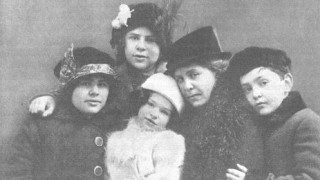
Adler's wife with children
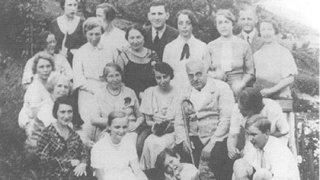
Alfred Adler with family and friends in Salmannsdorf (1933)
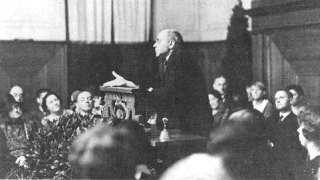
Alfred Adler gives a lecture in Berlin.
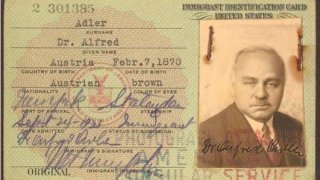
US-Immigration documents of Alfred Adler
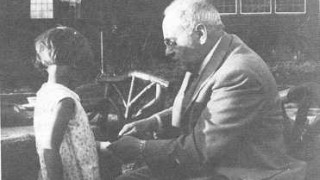
Alfred Adler bandages the hand of a child.
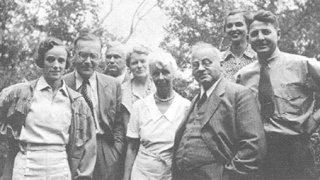
Alfred Adler with two of his children, Sophie Lazarsfeld and friends
City of Vienna | Communication and Media
Contact form
